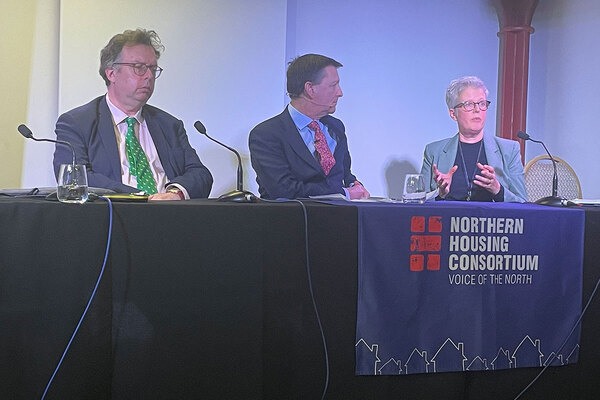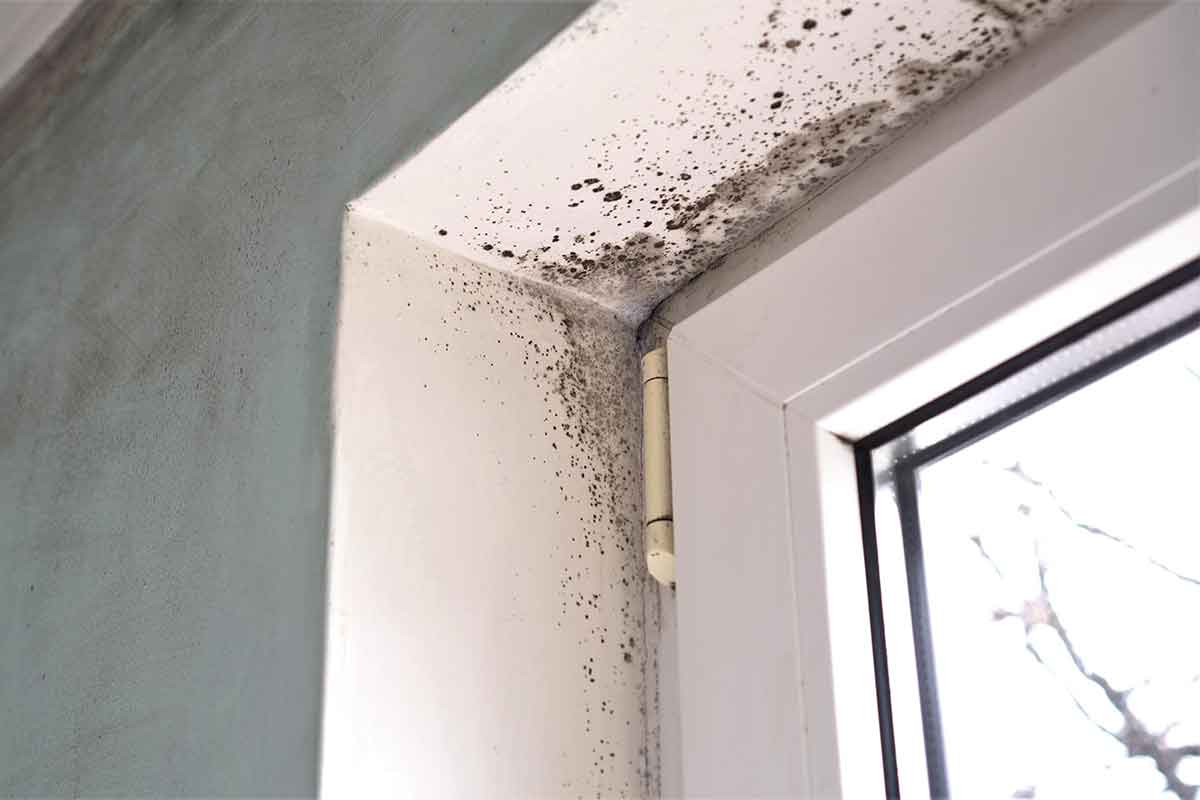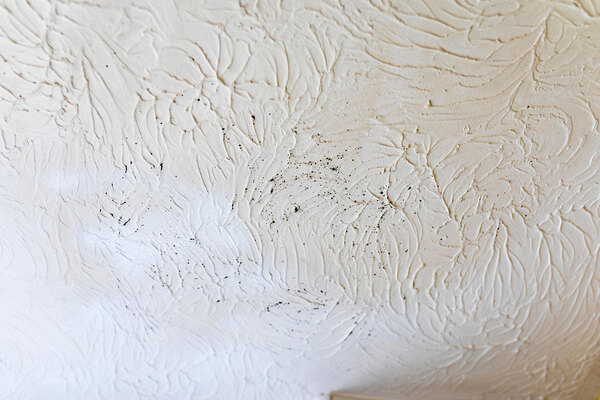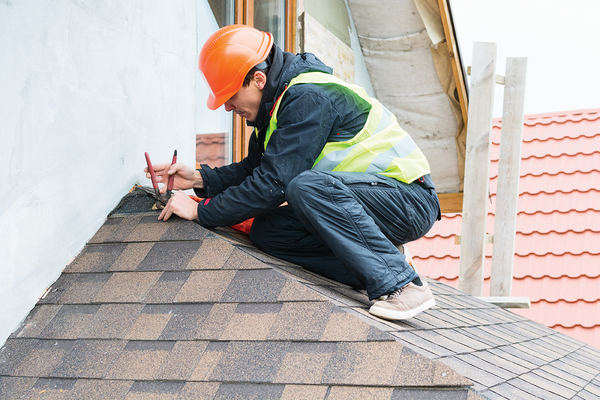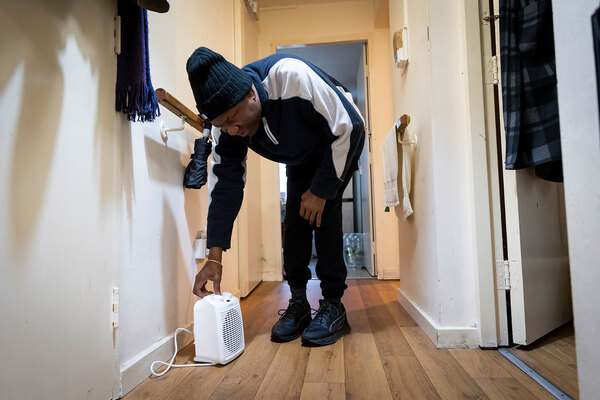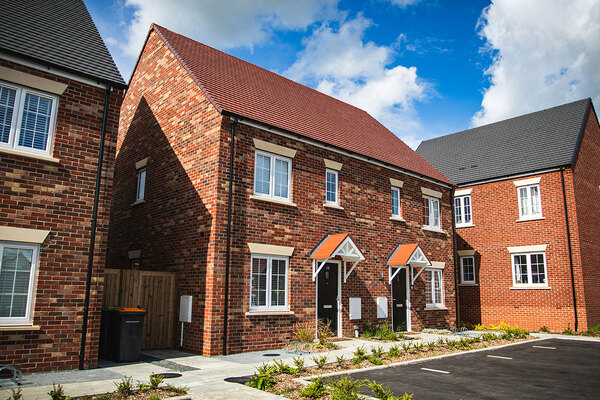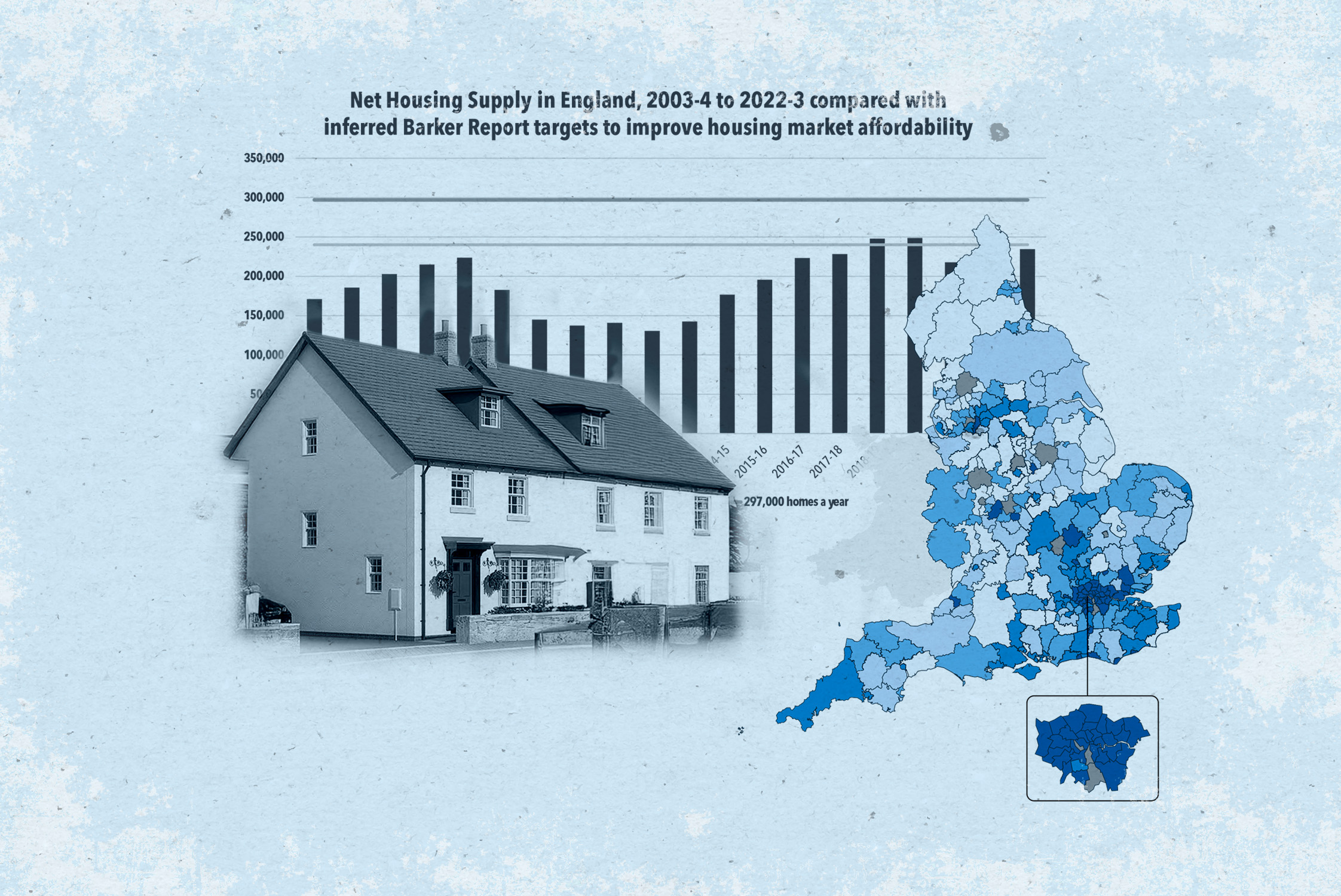You are viewing 1 of your 1 free articles
Ombudsman ‘disappointed’ as only 35% of social landlords implement damp and mould policies
The Housing Ombudsman has said it is “disappointed” that only 35% of social landlords have introduced a specific damp and mould policy, as the number of complaints it receives on the issue continues to soar.
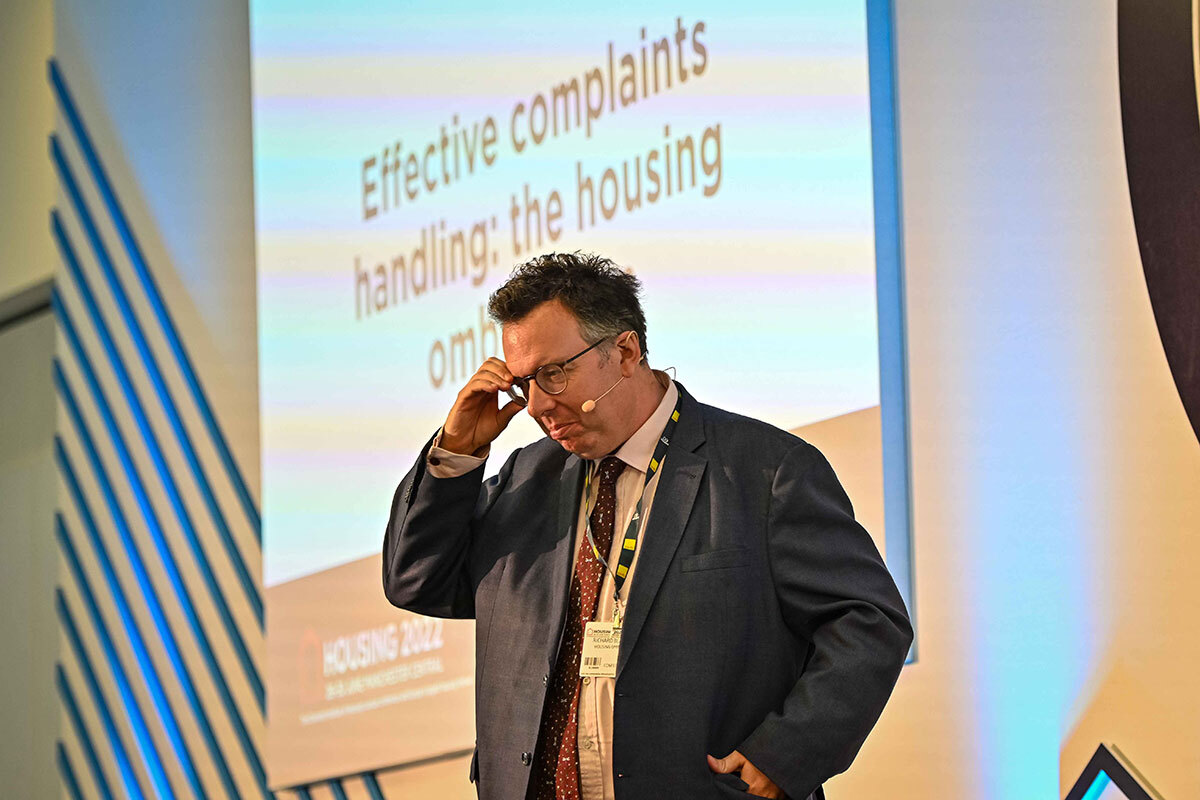
In a new report today, which follows on from the ombudsman’s October 2021 Spotlight report, it set out “10 key tests” for boards of social landlords to apply when considering their organisation’s response to damp and mould complaints.
The focus follows the inquest into the tragic death of Awaab Ishak in November last year, who died from a respiratory condition caused by his damp-ridden social home.
It also comes as the Regulator of Social Housing (RSH) revealed a shocking new estimate that 8,000 social homes have risks that pose a serious and immediate risk to health.
For its latest report, the ombudsman surveyed 40 social landlords, receiving 26 responses. It found that just 35% of the landlords now have a specific damp and mould policy, with 12% working on implementing one.
Only 19% of landlords had self-assessed against the recommendations in the report, with 41% deciding they needed to take no action as a result.
The report said a “notable proportion” of those surveyed were unaware of the report or “more worryingly, were aware but felt it held no relevance to them”.
“This is highly alarming and does not speak to a culture wanting to learn from other sources within the sector,” the latest report said.
The Housing Ombudsman, which has issued various strongly worded judgements against providers that have failed on this issue, said it has received 3,969 complaints on the issue so far in 2022-23, with two months of the financial year remaining.
This already beats last year’s figure of 3,530, which itself was a 77% rise on the 1,993 complaints received in 2020-21.
In total, 13 of the 31 severe maladministration decisions made by the Housing Ombudsman this year were about the handling of damp and mould complaints.
The report said some landlords have “engaged positively”, with the report downloaded 5,000 times since publication. It said some are installing sensors, carrying out property MOTs, and undertaking root cause analysis modelling and staff training.
However, the ombudsman said there are “still areas of concern”. While it has urged landlords to stop blaming tenant “lifestyle” for the issues, some had simply replaced the word lifestyle with “euphemisms such as ‘internal environmental factors’”.
It also said there is still confusion about taking action when a tenant has instructed solicitors – an area of failure that was flagged in Awaab’s case.
Housing ombudsman Richard Blakeway said: “The inquest into the death of Awaab Ishak has focused the minds of the sector. But we are continually finding in our casework that landlords have not responded to this issue with sufficient urgency.
“I welcome the work that many landlords are doing to strengthen their approach following the coroner’s report. Our Spotlight report and this evaluation are invaluable tools to support that.
“Landlords need to have a sustained focus on culture and behaviours to ensure issues are not dismissed. The human impact and consequence of the creeping normalisation of poor culture was highlighted by the death of Awaab Ishak.
“It is disappointing when we conducted over review how few landlords had acted to implement a dedicated damp and mould policy, despite there being a clear and driving need to have a bespoke response for these reports given the shortcoming identified in our casework.
“The ‘golden thread’ running throughout the Spotlight report recommendations was good governance and continued learning, as it affects both policy and process, as well as frontline delivery.
“I would encourage governing bodies to consider our 10 ‘key tests’ when reviewing plans, and for landlords where this is not happening, for them to create an action plan to support a proactive response.
“I know this is now a priority for many landlords, but I would urge senior leaders to go faster and further in their efforts to do what is right by their residents.”
The 10 key tests
- Find your silence
Who is not using your complaints system and why? Some landlords see high complaints as a bad thing, but high complaints about damp and mould can be a sign that you are open and transparent and people feel they can complain. - Proactive communications strategy
Damp and mould cases are out there, and you need to engage with that. But our call for evidence also highlighted that landlords are often doing quite a lot in this space and their residents have no idea. Do not patronise, do not be obscure and make sure you use every day terms; the advice needs to be helpful and understandable. - Treat residents fairly
It is not their fault they are in a home unsuitable for living or currently in a property that is marked for regeneration/demolition. - Improve record-keeping
How can you adopt an intelligence-based front foot if you have no data on what you are dealing with? How can you ensure that the left hand knows what the right hand is doing if nothing is recorded? We will soon be releasing a Spotlight report on this issue for you to engage with. - Know your residents
Occupancy factors may include overcrowding and the availability and use of heating and ventilation systems. They also include individual circumstances such as disability, financial hardship and health conditions. - Check net zero plans
Electric heating costs more than gas in most circumstances. If your net zero strategy is pushing people into hardship, you need to make sure you are making mitigations. - Know your stock
Structural factors include property age, design and modifications. For example, certain types of properties, such as converted street properties, buildings of concrete construction or traditional solid-type construction, are more susceptible to damp and mould than others. - Dedicated damp and mould strategy
Create one by looking wider than the individual cases. Use your void periods and mutual exchanges, too. - Empower staff
If they are in a property for something else, help them clock the signs. We encourage landlords to consider the Chartered Institute of Housing’s professional standards if they have not already done so. - Use the complaints system to learn
Be robust in using the complaints process until such time as proceedings are filed.
The ombudsman said cases where it had found fault indicated a sector-wide issue.
“The landlords involved ranged in size from just over 1,000 homes to almost to 110,000. Six were local authority landlords and seven were housing associations. This indicates the issues are widespread across the sector, regardless of the size or type of landlord,” it said.
Some good practice it highlighted included a risk algorithm that helped identify and prioritise where health and safety is implicated and a predictive artificial intelligence model to identify properties at risk, which had an 80% accuracy rate.
The report came as the RSH revealed a report based on its sector-wide survey of the issue, following the death of Awaab. The RSH estimated, based on the returns, that up to 160,000 social homes have issues with damp and mould, with 8,000 so severe that they pose an immediate risk to health.
Kate Henderson, chief executive of the National Housing Federation, said: “While government data shows that most people have a good experience in their housing association home, it’s become clear that this has not been case for everyone.
“Housing associations take this really seriously, and many have already begun work to improve the quality of any homes and services that have fallen short. This work has included extra inspections on homes and setting up special helplines for damp and mould cases.
“In order to resolve these issues on a national level, the National Housing Federation and the Chartered Institute of Housing commissioned an independent review into the quality of social housing last year.
“In December 2022, the Better Social Housing Review reported and had seven recommendations and housing associations have committed to implementing every single one of them. We are now developing an action plan in consultation with our members which we will publish this year.”
Sign up for our asset management newsletter
Already have an account? Click here to manage your newsletters
